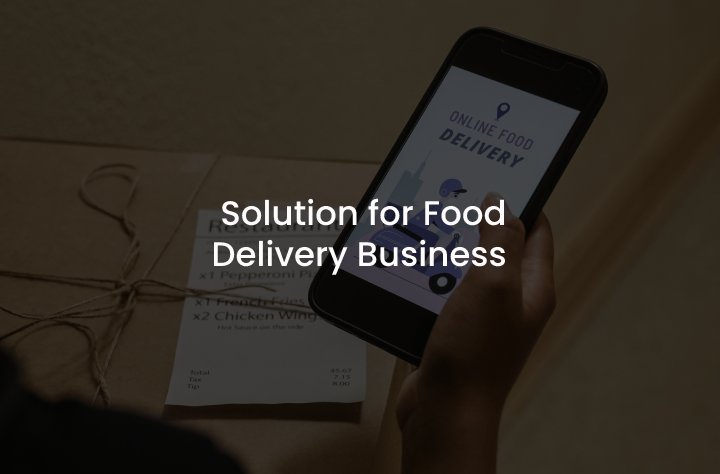Implementing Data Analysis for Operational Optimization and Increased Business Performance
Businesses today have access to more data than ever before, from customer transactions and interactions to operational metrics and financial …
 19 | 08 | 2022
19 | 08 | 2022 Today the food industry transforms to an extent where restaurants and delivery services are competing with not only their foods but also with the most convenient and user-friendly apps, be that web or mobile. When there are issues that cause any negative emotion from a customer, chances are high that you lose them even before they get to order and try your food. Therefore, having a website or application that is simple and operates properly is crucial when it comes to customer service.
Improving our client’s platform was one of the key tasks: they were looking for a team of engineers that will help them rebuild their platform and make it scalable and flexible. However, our team also introduced changes to the platform that exceeded the client’s expectations. In the article, we are sharing our experience of upgrading the system for a leading food delivery business.
In the early stages of the project, the Agiliway team had two major tasks: improve the client’s website and advance their system to automate as many services as possible.
Among the key requirements were:
After conducting an extensive analysis of all the issues and their impact on the client’s operation, the Agiliway software development team started fixing all the problems with the website, which plays a significant role in business operations. At the same time, engineers focused on enhancing the system by making it more user-friendly and easier to maintain, which saves a ton of money in the long run.
To make the system scalable and flexible, Agiliway engineers had to reconstruct the system bearing in mind that it has microservice architecture and over fifteen different components.
The Agiliway development team not only fixed the existing issues in the client’s system but also managed to automate the configurations of the food delivery schedule, etc. Now all their data is stored and processed through the unified system instead of parsing data from different cloud services, Excel documents, etc.

In addition, we are aiming at connecting all the data from all the databases into one data lake, and then introducing a BI tool for advanced data management. This will help scale business and reduce the time for processing information and arranging it into reports.
The technological stack of the project includes .NET 5, Asp.Net Core, Entity Framework Core, Dapr, AutoMapper, FluentValidation, MediatR, CQRS, DDD, AMQ for back-end; React, React Native, Recoil, Next.js for front-end; AWS DocumentDB, PostgreSQL, MongoDB databases and Docker, Kubernetes.
Working on such a complex solution is both challenging and rewarding. The development team managed not only to fix the existing issues on both the back-end and front-end but also to implement changes that: helped to automate most of the business processes, took the load off the system, utilized Amazon for creating a central hosting, fixed data syncing problem, established proper data exchange as well as secure connections with virtual machines.
Our front-end implementations allowed significantly reduce the development and support time and improved the overall speed of response. In addition, the application of the ISR approach simplifies updating of static pages as well as content management process. The new system gave more understanding regarding order readiness and delivery, which in its turn reduced the load of the call center.
From a business point of view, all the modifications led to one of the major achievements of the team: structuring the entirety of the client’s data. This step adds much value to their business as now they can use this data for more advanced marketing campaigns, simpler website management processes, and, as a result, getting more new customers.
Keeping up with the pace of the food delivery industry growth is hard. Business owners across the globe are seeking the best and most flexible solutions to automate all their internal processes from ordering food to its delivery. Multiple processes are going on while you simply click a few buttons and place an order: the system processes it, asks for payment, sends it to a respective restaurant, and many more.
To make everything run smoothly, development teams put much effort and thinking so that the next time you order your food, it arrives quickly and is still warm.
READ ALSO: WHAT’S THE DIFFERENCE BETWEEN AZURE AND AWS
Businesses today have access to more data than ever before, from customer transactions and interactions to operational metrics and financial …
Conversational AI systems can engage in natural conversations and dialogue with humans. Powered by machine learning and natural language processing, …
The decision between hiring a software development company or a freelancer can be challenging for business owners who are looking …